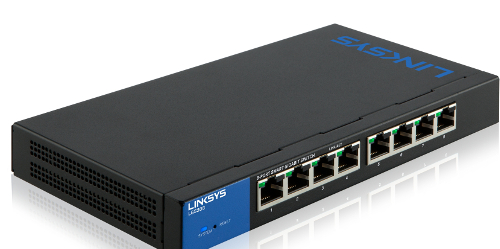
Networking firm Linksys has released two new dual-band access points, LAPAC1200 and LAPAC1750, it claims will help businesses deliver up to three times faster speed for wireless networks.
CBR tells you five things you need to know.
1. The aim
Linksys’s goal is to target network administrators, resellers and other small and medium-sized businesses that it believes are in need of a faster wireless network.
Steven Lin, director of Linksys business products, said: "With the proliferation of mobile devices such as smart phones and tablets in business environments, the need for faster Wi-Fi and more capacity is evident.
"And with the Internet of Things moving into the office environment, everything will become connected going forward."
2. The business model
The access points, which support the latest 802.11ac technology and include more data bandwidth with 80 MHz channels and 5 GHZ band space, is available through major distributors in the US and Europe.
Users must pay £151.90 for the LAPAC1200-EU and £202.30 for the LAPAC1750-EU.
3. Benefits
The access points are integrated with 802.4 at PoE (power over Ethernet), which the company hopes will provide up to three times faster speed for Wi-Fi and connected devices.
The access points, which claim to eliminate extra power adapters and provide an improved interface, can be deployed as a typical access point or set up a workgroup bridge.
Other features include IPv6 support, 802.1X Supplicant, support for up to 16 different SSID, VLAN mapping, MAC access control and Rogue AP detection.
Sylvain Fabre, research director for wireless networking infrastructure at Gartner, told CBR: "In terms of business impact, 802.11ac will increase top-end throughput within a coverage area, which helps applications that require large file transfers, such as computer-aided design (CAD) drawings or high-definition data streams needed for telepresence or in-home entertainment."
4. Drawbacks
Fabre added that any business benefits will be delayed until most enterprise client devices utilising the infrastructure are 5GHz capable.
"This includes tablets, laptops, smartphones and other network-connected devices (such as printers). Small and midsize businesses may not see the need to upgrade from 802.11n until their installed products reach their end of life," he said.
5. Competitors
The equipment puts the company in competition with Cisco, Aruba Networks, D-Link and Netgear among other companies that produce 802.11ac technology.






